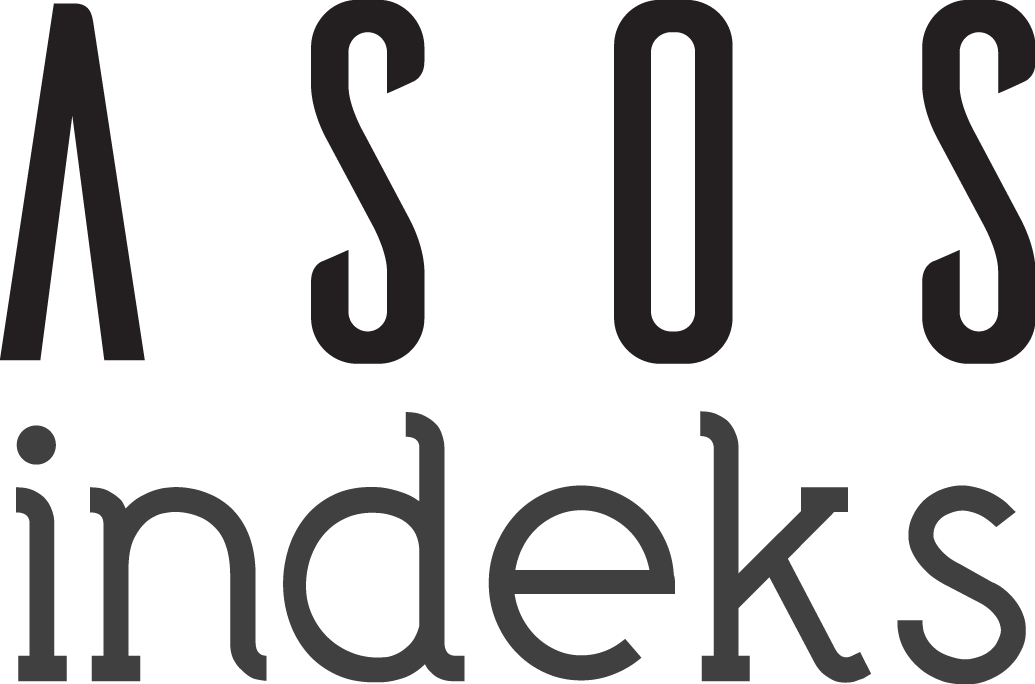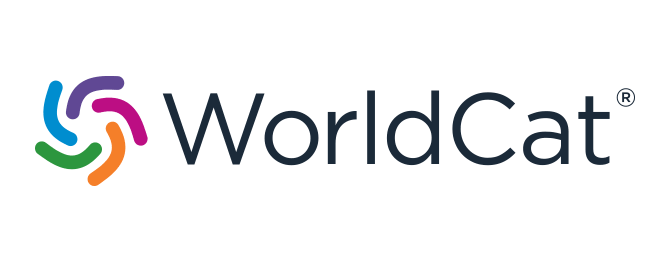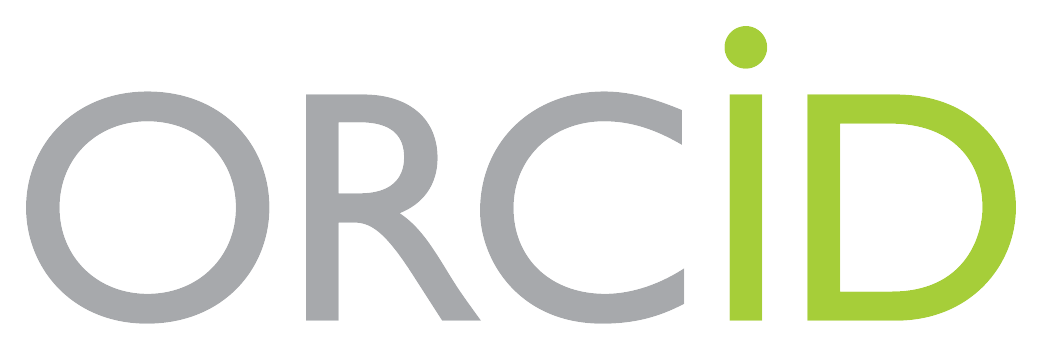Clinical and laboratory characteristics of pediatric orthostatic hypertension: a retrospective study
Abstract
Aims: Orthostatic hypertension (OHT) is an underrecognized condition in the pediatric population, characterized by an abnormal rise in blood pressure upon standing. Given its potential long-term implications, including cardiovascular remodeling and end-organ damage, early identification and management of OHT are crucial. This study aims to evaluate the clinical and laboratory characteristics of children diagnosed with OHT, providing insights into potential risk factors and associated conditions.
Methods: A retrospective, cross-sectional study was conducted at Ankara Training and Research Hospital between September 2022 and August 2024. A total of 111 pediatric patients diagnosed with OHT based on an active standing test were included. Demographic data, presenting symptoms, laboratory parameters (including vitamin B12, ferritin, and vitamin D levels) were analyzed.
Results: The median age of the cohort was 15.3 years (range: 6.8–17.9), with a female predominance (63%). Nearly half of the patients (46%) were overweight or obese, and 22% had a family history of hypertension. Cardiovascular symptoms were the most common (36%), followed by cerebral hypoperfusion symptoms (35%) and other symptoms, including fatigue and concentration issues (27%). A significant proportion of the patients exhibited vitamin D deficiency (41%), vitamin B12 borderline levels (45%), and iron deficiency anemia (15%). Additionally, postural orthostatic tachycardia syndrome (POTS) was present in 24% of patients, with a notable association between POTS and low body weight (p=0.037).
Conclusion: The descriptive findings of this study illustrate a range of clinical and laboratory characteristics in children with OHT, hinting at potential areas for future investigation. Although associations with pubertal status, obesity, and vitamin deficiencies were observed, the study's design limits causal inference. Future research, including control groups and prospective approaches, is crucial to understand the clinical importance of these observations.
References
- Magkas N, Tsioufis C, Thomopoulos C, et al. Orthostatic hypotension: from pathophysiology to clinical applications and therapeutic considerations. J Clin Hypertens (Greenwich). 2019;21(5):546-554. doi: 10.1111/jch.13521
- Zhang Q, Li J, Xie Y, Zhao J, Du J. Orthostatic hypertension in children and adolescents with postural tachycardia syndrome. J Trop Pediatr. 2014;60(6):461-466. doi:10.1093/tropej/fmu055
- Duan H, Zhou K, Hua Y. Clinical progress of orthostatic hypertension in children. Chin Med J (Engl). 2014;127(21):3825-3828. doi:10.3760/cma.j.issn.0366-6999.20132969
- Zhao J, Han Z, Zhang X, et al. A cross-sectional study on upright heart rate and BP changing characteristics: basic data for establishing diagnosis of postural orthostatic tachycardia syndrome and orthostatic hypertension. BMJ Open. 2015;5(6):e007356. doi:10.1136/bmjopen-2014-007356
- Flynn JT, Kaelber DC, Baker-Smith CM, et al. Clinical practice guideline for screening and management of high blood pressure in children and adolescents. Pediatrics. 2017;140(3):e20171904. doi:10.1542/peds.2017-1904
- Wang C, Li Y, Liao Y, et al. 2018 Chinese Pediatric Cardiology Society (CPCS) guideline for diagnosis and treatment of syncope in children and adolescents. Sci Bull (Beijing). 2018;63(23):1558-1564. doi:10.1016/j.scib.2018.09.019
- Misra M, Pacaud D, Petryk A, et al. Vitamin D deficiency in children and its management: review of current knowledge and recommendations. Pediatrics. 2008;122(2):398-417. doi:10.1542/peds.2007-1894
- Aksu T, Ünal Ş. Iron deficiency anemia in infancy, childhood, and adolescence. Turk Arch Pediatr. 2023;58(4):358-362. doi:10.5152/TurkArchPediatr.2023.23049
- Hu Y, Jin H, Du J. Orthostatic hypertension in children: an update. Front Pediatr. 2020;8:425. doi:10.3389/fped.2020.00425
- Hu Y, Wang Y, He B, et al. Sympathetic overactivation from supine to upright is associated with orthostatic hypertension in children and adolescents. Front Pediatr. 2020;8:54. doi: 10.3389/fped.2020.00054
- Khalaji A, Behnoush AH, Tajdini M. Association between vitamin D deficiency and vasovagal syncope: a systematic review and meta-analysis. Clin Cardiol. 2023;46(7):721-728. doi:10.1002/clc.24035
- Kovalchuk T, Boyarchuk O. Serum vitamin D levels in children and adolescents with vasovagal syncope, syncope due to orthostatic hypotension, and cardiac syncope. Turk Arch Pediatr. 2023;58(1):42-48. doi:10.5152/TurkArchPediatr.2022.22141
- Xiao Y, Wu J, Min L, Dong X. The correlation between serum 25-hydroxyvitamin D and parathyroid hormone levels and orthostatic intolerance in children. Progress Pediatr Cardiol. 2022;66:101550. doi:10. 1016/j.ppedcard.2022.101550
- Zhang Q, Sun Y, Zhang C, Qi J, Du J. Vitamin D deficiency and vasovagal syncope in children and adolescents. Front Pediatr. 2021;9:575923. doi: 10.3389/fped.2021.575923
- Oden Akman A, Tumer L, Hasanoglu A, Ilhan M, Caycı B. Frequency of vitamin D insufficiency in healthy children between 1 and 16 years of age in Turkey. Pediatr Int. 2011;53(6):968-973. doi:10.1111/j.1442-200X. 2011.03486.x
- Beitzke M, Pfister P, Fortin J, Skrabal F. Autonomic dysfunction and hemodynamics in vitamin B12 deficiency. Auton Neurosci. 2002;97(1): 45-54. doi:10.1016/s1566-0702(01)00393-9
- Gröber U, Kisters K, Schmidt J. Neuroenhancement with vitamin B12—underestimated neurological significance. Nutrients. 2013;5(12):5031-5045. doi:10.3390/nu5125031
- Aytemir K, Aksöyek S, Büyükasik Y, et al. Assessment of autonomic nervous system functions in patients with vitamin B12 deficiency by power spectral analysis of heart rate variability. Pacing Clin Electrophysiol. 2000;23(6):975-978. doi:10.1111/j.1540-8159.2000.tb00883.x
- Öner T, Guven B, Tavli V, Mese T, Yılmazer MM, Demirpence S. Postural orthostatic tachycardia syndrome (POTS) and vitamin B12 deficiency in adolescents. Pediatrics. 2014;133(1):e138-e142. doi:10.1542/peds.2012-3427
- Pektas A, Koken R, Koca HB. Serum vitamin B-12 in children presenting with vasovagal syncope. Asia Pac J Clin Nutr. 2018;27(1):176-181. doi:10.6133/apjcn.022017.17
- Zhao J, Yang JY, Jin HF, Du JB. Clinical analysis of orthostatic hypertension in children. Zhonghua Er Ke Za Zhi. 2012;50(11):839-842.
- Fedorowski A. Postural orthostatic tachycardia syndrome: clinical presentation, aetiology and management. J Intern Med. 2019;285(4):352-366. doi:10.1111/joim.12852
- Sebastian SA, Co EL, Panthangi V, et al. Postural orthostatic tachycardia syndrome (POTS): an update for clinical practice. Curr Probl Cardiol. 2022;47(12):101384. doi:10.1016/j.cpcardiol.2022.101384
Abstract
References
- Magkas N, Tsioufis C, Thomopoulos C, et al. Orthostatic hypotension: from pathophysiology to clinical applications and therapeutic considerations. J Clin Hypertens (Greenwich). 2019;21(5):546-554. doi: 10.1111/jch.13521
- Zhang Q, Li J, Xie Y, Zhao J, Du J. Orthostatic hypertension in children and adolescents with postural tachycardia syndrome. J Trop Pediatr. 2014;60(6):461-466. doi:10.1093/tropej/fmu055
- Duan H, Zhou K, Hua Y. Clinical progress of orthostatic hypertension in children. Chin Med J (Engl). 2014;127(21):3825-3828. doi:10.3760/cma.j.issn.0366-6999.20132969
- Zhao J, Han Z, Zhang X, et al. A cross-sectional study on upright heart rate and BP changing characteristics: basic data for establishing diagnosis of postural orthostatic tachycardia syndrome and orthostatic hypertension. BMJ Open. 2015;5(6):e007356. doi:10.1136/bmjopen-2014-007356
- Flynn JT, Kaelber DC, Baker-Smith CM, et al. Clinical practice guideline for screening and management of high blood pressure in children and adolescents. Pediatrics. 2017;140(3):e20171904. doi:10.1542/peds.2017-1904
- Wang C, Li Y, Liao Y, et al. 2018 Chinese Pediatric Cardiology Society (CPCS) guideline for diagnosis and treatment of syncope in children and adolescents. Sci Bull (Beijing). 2018;63(23):1558-1564. doi:10.1016/j.scib.2018.09.019
- Misra M, Pacaud D, Petryk A, et al. Vitamin D deficiency in children and its management: review of current knowledge and recommendations. Pediatrics. 2008;122(2):398-417. doi:10.1542/peds.2007-1894
- Aksu T, Ünal Ş. Iron deficiency anemia in infancy, childhood, and adolescence. Turk Arch Pediatr. 2023;58(4):358-362. doi:10.5152/TurkArchPediatr.2023.23049
- Hu Y, Jin H, Du J. Orthostatic hypertension in children: an update. Front Pediatr. 2020;8:425. doi:10.3389/fped.2020.00425
- Hu Y, Wang Y, He B, et al. Sympathetic overactivation from supine to upright is associated with orthostatic hypertension in children and adolescents. Front Pediatr. 2020;8:54. doi: 10.3389/fped.2020.00054
- Khalaji A, Behnoush AH, Tajdini M. Association between vitamin D deficiency and vasovagal syncope: a systematic review and meta-analysis. Clin Cardiol. 2023;46(7):721-728. doi:10.1002/clc.24035
- Kovalchuk T, Boyarchuk O. Serum vitamin D levels in children and adolescents with vasovagal syncope, syncope due to orthostatic hypotension, and cardiac syncope. Turk Arch Pediatr. 2023;58(1):42-48. doi:10.5152/TurkArchPediatr.2022.22141
- Xiao Y, Wu J, Min L, Dong X. The correlation between serum 25-hydroxyvitamin D and parathyroid hormone levels and orthostatic intolerance in children. Progress Pediatr Cardiol. 2022;66:101550. doi:10. 1016/j.ppedcard.2022.101550
- Zhang Q, Sun Y, Zhang C, Qi J, Du J. Vitamin D deficiency and vasovagal syncope in children and adolescents. Front Pediatr. 2021;9:575923. doi: 10.3389/fped.2021.575923
- Oden Akman A, Tumer L, Hasanoglu A, Ilhan M, Caycı B. Frequency of vitamin D insufficiency in healthy children between 1 and 16 years of age in Turkey. Pediatr Int. 2011;53(6):968-973. doi:10.1111/j.1442-200X. 2011.03486.x
- Beitzke M, Pfister P, Fortin J, Skrabal F. Autonomic dysfunction and hemodynamics in vitamin B12 deficiency. Auton Neurosci. 2002;97(1): 45-54. doi:10.1016/s1566-0702(01)00393-9
- Gröber U, Kisters K, Schmidt J. Neuroenhancement with vitamin B12—underestimated neurological significance. Nutrients. 2013;5(12):5031-5045. doi:10.3390/nu5125031
- Aytemir K, Aksöyek S, Büyükasik Y, et al. Assessment of autonomic nervous system functions in patients with vitamin B12 deficiency by power spectral analysis of heart rate variability. Pacing Clin Electrophysiol. 2000;23(6):975-978. doi:10.1111/j.1540-8159.2000.tb00883.x
- Öner T, Guven B, Tavli V, Mese T, Yılmazer MM, Demirpence S. Postural orthostatic tachycardia syndrome (POTS) and vitamin B12 deficiency in adolescents. Pediatrics. 2014;133(1):e138-e142. doi:10.1542/peds.2012-3427
- Pektas A, Koken R, Koca HB. Serum vitamin B-12 in children presenting with vasovagal syncope. Asia Pac J Clin Nutr. 2018;27(1):176-181. doi:10.6133/apjcn.022017.17
- Zhao J, Yang JY, Jin HF, Du JB. Clinical analysis of orthostatic hypertension in children. Zhonghua Er Ke Za Zhi. 2012;50(11):839-842.
- Fedorowski A. Postural orthostatic tachycardia syndrome: clinical presentation, aetiology and management. J Intern Med. 2019;285(4):352-366. doi:10.1111/joim.12852
- Sebastian SA, Co EL, Panthangi V, et al. Postural orthostatic tachycardia syndrome (POTS): an update for clinical practice. Curr Probl Cardiol. 2022;47(12):101384. doi:10.1016/j.cpcardiol.2022.101384
Details
| Primary Language | English |
|---|---|
| Subjects | Cardiology |
| Journal Section | Research Articles |
| Authors | |
| Publication Date | May 30, 2025 |
| Submission Date | March 18, 2025 |
| Acceptance Date | May 12, 2025 |
| Published in Issue | Year 2025 Volume: 7 Issue: 3 |
TR DİZİN ULAKBİM and International Indexes (1b)
Interuniversity Board (UAK) Equivalency: Article published in Ulakbim TR Index journal [10 POINTS], and Article published in other (excuding 1a, b, c) international indexed journal (1d) [5 POINTS]
Note: Our journal is not WOS indexed and therefore is not classified as Q.
You can download Council of Higher Education (CoHG) [Yüksek Öğretim Kurumu (YÖK)] Criteria) decisions about predatory/questionable journals and the author's clarification text and journal charge policy from your browser. https://dergipark.org.tr/tr/journal/3449/file/4924/show
Journal Indexes and Platforms:
TR Dizin ULAKBİM, Google Scholar, Crossref, Worldcat (OCLC), DRJI, EuroPub, OpenAIRE, Turkiye Citation Index, Turk Medline, ROAD, ICI World of Journal's, Index Copernicus, ASOS Index, General Impact Factor, Scilit.The indexes of the journal's are;
The platforms of the journal's are;
|
The indexes/platforms of the journal are;
TR Dizin Ulakbim, Crossref (DOI), Google Scholar, EuroPub, Directory of Research Journal İndexing (DRJI), Worldcat (OCLC), OpenAIRE, ASOS Index, ROAD, Turkiye Citation Index, ICI World of Journal's, Index Copernicus, Turk Medline, General Impact Factor, Scilit
Journal articles are evaluated as "Double-Blind Peer Review"
All articles published in this journal are licensed under a Creative Commons Attribution 4.0 International License (CC BY 4.0)














